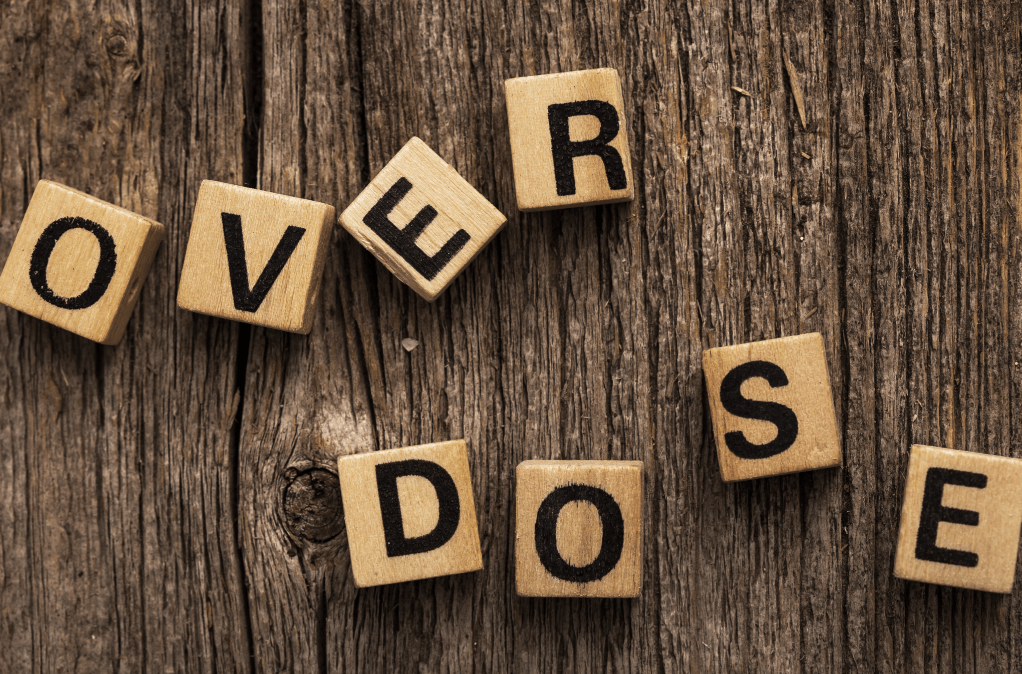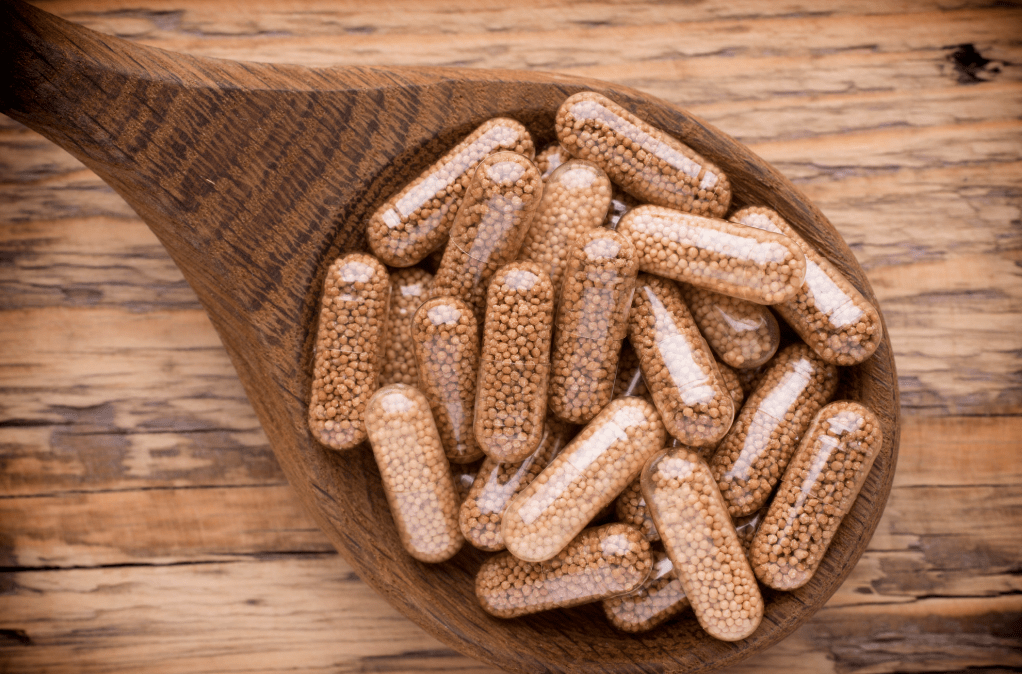The importance of recognizing and responding to cocaine overdose symptoms has never been more urgent. Deaths from cocaine overdose have been rising precipitously, and the statistics are heartbreaking. According to the National Institute on Drug Abuse, 4,000 people died from cocaine overdoses in 2010; by 2020, more than 19,000 people in the United States died from an overdose involving cocaine.
Too, according to recent estimates by The Drug Abuse Warning Network, nearly one million emergency room visits involve illegal drugs. Of those, 400,000 are due to cocaine. This means that cocaine overdose symptoms cause more emergency room visits than any other illegal drug.
Cocaine overdose symptoms require immediate medical attention to prevent potential heart attack, coma, or stroke. Physical symptoms include elevated heart rate, chest pain, irregular heart rhythm, very high blood pressure, irregular breathing, dangerously high body temperature, sweating, nausea or vomiting, chills, tremors, and seizures.
Heart-related symptoms come about when the coronary arteries supplying blood to the heart start constricting. As it becomes deprived of oxygen and blood, the heart begins to work harder, to the point where a fatal stroke or heart attack can occur. The lungs can also be affected, and if the brain doesn’t receive enough oxygen, the person can lapse into a coma. Toxic levels of cocaine can also rupture blood vessels in the brain, leading to a fatal aneurysm or stroke.
Common psychological symptoms of cocaine overdose include feeling anxious for no reason, panic attacks or intense fear, paranoia, irritability, confusion, or delirium. These symptoms can worsen and turn into aggressive behavior or even hallucinations and psychosis.
Emergency treatment of cocaine overdose symptoms begins with stopping seizures, then stabilizing temperature, heart rate, and breathing. Even then, permanent effects of a survived overdose can include damage to the heart, lungs, brain, liver, kidneys, intestines, and reproductive organs.

Recovery and self-care
Surviving an overdose and finding a way back to health is a long, multi-faceted process involving many modalities, from medical treatment to setting up peer and family support, to individual and group therapy in both residential and outpatient settings. Central to all of these is the establishment of self-care. Participation in therapeutic activities, regular meals, getting enough sleep, exercising, and even basic hygiene are essential ways of taking care of yourself that are part of self-care, which apart from its intrinsic value, lays the basic foundation for recovery. As it’s said, you can’t pour from an empty cup.

Exercise and rewiring the brain
Psychologists tell us that old habits, including those that are part of addiction, can’t simply be stopped; new behaviors must take their place. In the case of exercise, recent studies indicate that aerobic exercise can serve as an alternative, non-drug reinforcer in laboratory animals and has been recommended as a potential intervention for continued addiction. These data indicate that aerobic exercise decreases destructive patterns of cocaine intake.
Exercise can also be of benefit in treating common conditions that often occur with addiction, such as anxiety and depression. Improving these may aid in addiction treatment and vice versa. Aerobic exercise is also associated with better sleep. Many people in early addiction recovery have trouble sleeping as the brain attempts to reach a new equilibrium.
Other research has also found that regular aerobic exercise can help reduce relapses by creating what they call “memory clearance,” which helps those with substance abuse addictions “forget” their cravings. It also alters the brain’s mesolimbic dopamine pathway, which is linked to the rewarding and reinforcing properties of drugs like cocaine. This type of exercise also helps decrease stress, which in turn reduces cravings.

Meditation and mindfulness
Becoming aware of interconnections between body and mind is central to the practice of meditation and mindfulness. Grounded in Eastern philosophy, particularly Buddhism and yoga practice within Indian psychology, meditation endeavors to clear the mind of distracting thoughts through focus on breathing and focused attention to the present moment where body and mind meet.
When it comes to cocaine as well as other addictions, mindfulness practices can enhance the ability to observe and understand the thoughts and feelings that lead to cravings. Compared to standard treatments, individuals who went through mindfulness-based treatments have shown less substance use between the time of treatment and the six-month follow-up.
Mindfulness has also been shown to decrease levels of the stress hormone cortisol, which has been connected to the process of cocaine addiction. Once cortisol levels are reduced, the resultant stress reduction is key to reducing cravings in cocaine addicts, making abstinence an easier process. It also promotes the release of serotonin and endorphins, the hormones essential for promoting a sense of happiness and well-being. Ultimately, mindfulness provides an alternative channel of satisfaction that can be substituted for the heightened mood delivered by cocaine.
Increase in the neurotransmitter dopamine is also responsible for many of cocaine’s sought-after effects, including feelings of euphoria, increased energy, and greater self-confidence. There is now some evidence that the brain releases more of the neurotransmitter dopamine during meditation; the change in consciousness that occurs during meditation may trigger its release.

Supplements and nootropics
Just as cocaine overdose symptoms are powerfully dangerous, so are the after-effects powerfully distressing, making cocaine one of the most addictive substances known. Although exercise and meditation are useful tools in rebalancing levels of dopamine in the brain, they themselves, even in combination, are not enough to overcome potent cravings that make relapse essentially inevitable for the recovering addict. Prompt medical attention can address cocaine overdose symptoms, but it takes formidable patience and persistence to withstand withdrawal symptoms and begin the healing of both body and mind.
Users of cocaine are not alone in seeking enhanced energy and focus. Coffee drinkers often seek out the stimulant effects of caffeine, which is a common nootropic. Known as cognitive enhancers or “smart drugs,” nootropics are natural and synthetic substances that may improve memory and cognition, increase mental alertness and concentration, and boost energy levels.
Cocaine withdrawal involves the exact opposite of what the addict was seeking from the drug. Instead of increased energy, focus, confidence, and euphoria, recovering addicts experience fatigue, poor concentration, anxiety, and depression. So it’s not surprising that overdose survivors seek what they were initially after; another way to pursue that lost energy, productivity and sense of well-being is to try “smart drug” supplements.
Nootropics have become increasingly popular in recent years, especially as aids to increasing productivity. Frequently offered in multi-ingredient “stacks,” some are marketed as safer, non-addictive alternatives to prescription stimulants, such as Adderall. One example is the QUANTUMiND line of supplements from Evolvere, a New Jersey-based company helmed by founder and CEO Neal Thakkar. Designed to increase dopamine levels and reduce cortisol levels QUANTUMiND contains caffeine (although it is also available in a caffeine-free form). It also includes other commonly known nootropics, such as Vitamin B-12, Panax Ginseng, and L-Theanine, the last of which is known to calm the central nervous system and help decrease the side effects of stimulants such as irritability, insomnia, and restlessness.
Lesser-known nootropics in QUANTUMiND include phenethylamine (PEA), a trace amino acid that acts as a central nervous system stimulant in humans, promoting the release of dopamine, norepinephrine, and serotonin in the brain. Phenylethylamine enhances working memory, executive function, creative flow states, and stress reduction; one advantage to PEA is that it quickly crosses the blood-brain barrier, so its effects are felt right away.

Bringing it all together
Survivors of overdose know that cocaine is like a tornado, taking everything in its path, and leaving behind a void where the all-consuming drug used to be. During recovery, elements of self-care such as exercise and meditation can be augmented by nootropics, to replace destructive habits of addiction with new habits of self-care that help to heal both the body and the mind.
Further Reading: Related To Cocaine Overdose Symptoms
Cocaine Addiction: Side Effects, Detox, Withdrawal, and Treatment
7 Super Smart Supplements To Boost Your Memory and Recall
How To Reset Your Brains Dopamine Balance After Addiction
Why self-care is so important in recovery
The Many Health Benefits of Phenylethylamine (PEA) – Your Brain’s Natural Stimulant
Disclaimer
Important Note: The information contained in this article is for general informational purposes only, and should not be construed as health or medical advice, nor is it intended to diagnose, prevent, treat, or cure any disease or health condition. Before embarking on any diet, fitness regimen, or program of nutritional supplementation, it is advisable to consult your healthcare professional in order to determine its safety and probable efficacy in terms of your individual state of health.


